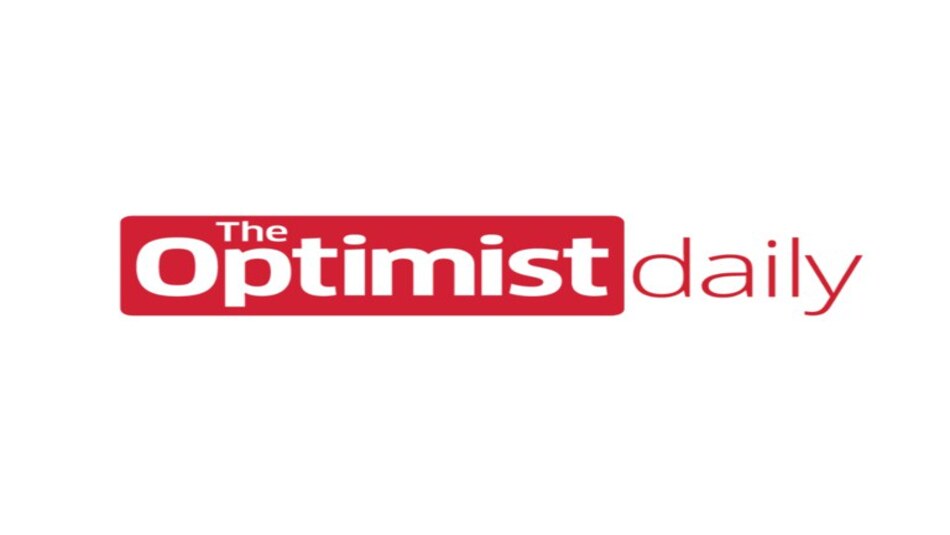We at The Optimist Daily have written extensively about the numerous ways in which the beef and dairy industry can clean up their act with solutions like seaweed-supplemented feeds and plant-based food alternatives.
These days, veganism and vegetarianism are gaining more popularity as we become more eco-conscious, however, as our population continues to grow, the UN predicts that beef and dairy consumption will increase 70 percent within just a few decades.
One way in which cattle contribute to climate change is through their methane-filled belches. One cow can burp up around 220 pounds of greenhouse gas methane in a single year. To address this issue, startup Zelp is trying to capture emissions directly by developing a mask-like device that sits on the cow’s nose.
CEO of Zelp, Francisco Norris, and his brother and co-founder Patricio, come from a cattle-ranching family in Argentina. “Because of our background in livestock farming, we knew that cattle exhale most of the methane through their mouth and nostrils, so the obvious approach was to work on a device that would capture these emissions at the source,” Norris explains.
How does it work?
Once the sensor on the device detects methane levels past a certain threshold, the technology draws the methane into the mask to a mechanism that oxidizes the gas, turning it into less-potent CO2 and water vapor, similar to a catalytic converter on a car. The process “effectively [reduces] the animal’s emissions to less than two percent of their original value,” says Norris.
Getting the mechanism to function effectively is only one part of the problem, though. The brothers were also highly concerned with designing a device that is practical and comfortable for the cattle to wear. “We want to design a device that is comfortable for the animal to wear, does not interfere with the animal’s normal behavior, and does not impact the animal in any way,” Norris says. Their product, which is in the final stages of development, aims to last four years on an animal without needing to be changed or recharged. It’s set to be available on the market in 2022.
Implementing the device is less expensive per ton of reduced emissions compared to other solutions such as seaweed additives, it doesn’t alter the cow’s microbiology, nor does it have to jump through the same regulatory hurdles to get approval for use. It can be used on cattle grazing in pastures as well as those that are eating cattle feed, and farmers can also use the device to monitor for diseases.
The most effective solution for the issue of methane belches would be to stop or significantly reduce beef consumption, however, as long as we continue to have beef and dairy products in our diets, other solutions like these are necessary to mitigate the environmental effects.
Source Image: Zelp











